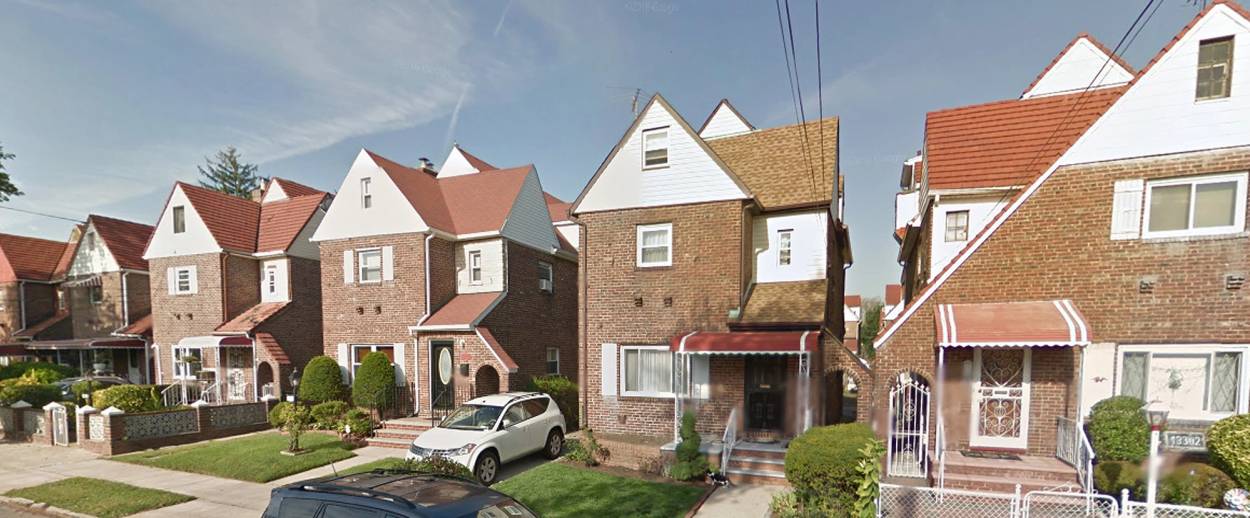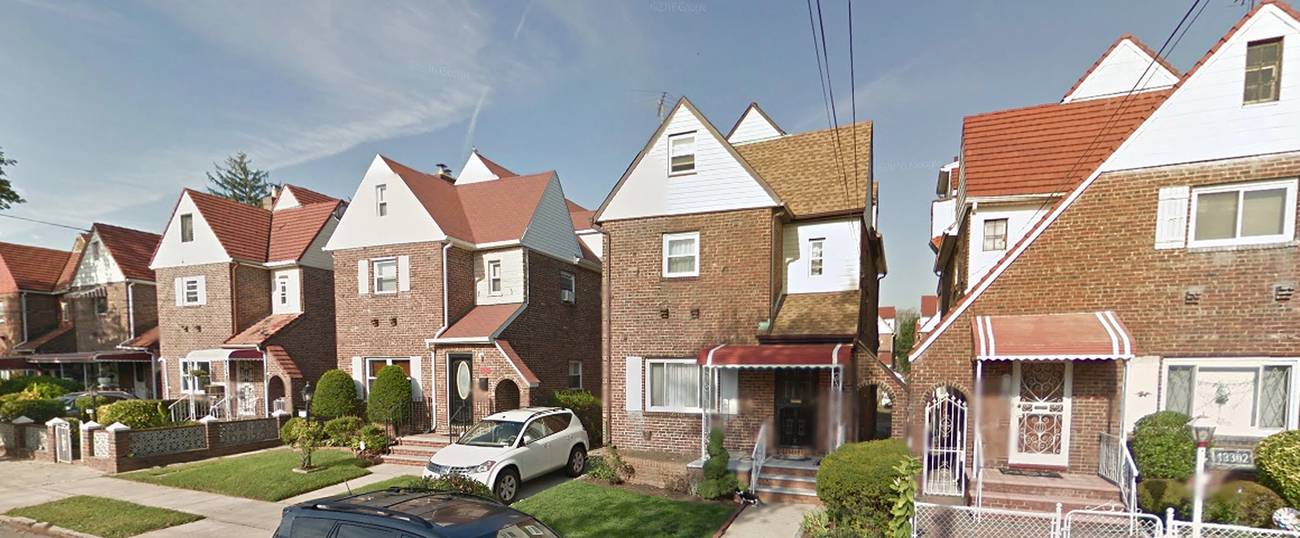Welcome Home
When I took my mother back to the house where she grew up, we made an unexpected connection




As the election draws near and I knock on doors in New Hampshire, I think of another door, on a brick bungalow on 229th Street in Cambria Heights, Queens.
Now the neighborhood is built up, but when my grandparents bought the house in 1938, it was in a new development with farmland on the other side. My mother’s parents were Sephardic Jews from Turkey, both widowed with children. They’d found each other through an arranged marriage and had three more children together, including my mother, named for her grandmother, Sultana, except this was America so her parents called her Susan or Suzanne. And because my grandparents spoke Judeo-Spanish—not Yiddish—and loved to garden, and because my grandmother was an independent woman who wanted distance from her in-laws in the Bronx, they saved up to buy a small house on the far edge of Queens, where their neighbors were mostly not Jews but Irish Catholics, Germans, Cubans (everyone, my grandmother used to say).
On nearby Linden Boulevard, they opened an ice cream parlor where the Catholic kids were allowed to go after Confraternity on Friday nights. Sometimes shit happened—a swastika chalked on the sidewalk during WWII, the shop robbed several times—but over time, my grandparents built a good life in Cambria Heights and raised six kids. There were community-theater productions, a storefront synagogue they started with friends, good public schools and better public universities, day trips to Jones Beach. Then everyone grew up. My grandparents moved to Florida. The neighborhood changed, white families moving out, black and brown families moving in.
Two years ago, I found the house on Google Earth, searched out the names of the current owners, and called them. “Um, my mother grew up in your house⎯Suzanne Levy, her name was then. She’s close to 80 now. Would you mind if we came next week to see the house and look around?”
“Let me talk to my husband,” the woman said. The next day, she called me back. “It’s Ramadan; you should come in the afternoon. I’m afraid we won’t be able to serve you food.”
I drove. As we entered the neighborhood, my mother pointed, remembering. Where the ice cream parlor was, a Haitian church. Where her primary school was, the same brick building, worse for the wear. We parked, climbed the steps, and convinced a security guard to let us inside, where we saw the cast iron trough sink in the girls’ room, the worn wooden floor in the gym, a group of kids in yellow T-shirts in summer school, the building stifling in the August heat.
And then we were on my mother’s street. Where the house was … which one was it? They were all the same style, boxy and basic like a child’s drawing of a house, the lawns trim and neat, a bush here, a flower there, brick pathways, bandaged trees. Except for one house, its yard wild with growth, sunflowers towering, tomato plants staked by the path, plastic flowers stuck in pots next to real geraniums. “That’s it,” my mother said.
An older couple answered the door and accepted our offering of a bouquet. “Come in.” The living room was small but they’d covered one wall with mirrored squares; I saw myself startled, looking back. Here, the kitchen where my grandmother used to padlock the fridge to keep her hungry boys from pillaging. Here, the radiator where my mother pretended to play the piano until her parents saved enough to buy a real one. Here, the little room for her sister Luna, who had cerebral palsy and struggled with stairs. “Sit down. Have some water.” Omar, we learned, was from Trinidad. Amina was Native American and African-American and grew up on Staten Island and lost her sister (she told us, then showed us the photo of a beautiful woman with gleaming eyes that she kept on a stand by the front door). We told them we were Jewish, secular. They told us they were Muslim and devout. Amina had arthritic feet but made the Hajj to Mecca a few years before—just once, she said. “It was all I could do; you do what you can do.”
They took us upstairs to my mother’s old room and the bunk room where her brothers slept, then out to the backyard, where long, pale green squash hung from a trellis, and down to the basement, which my mother told me was fixed up as a bedroom for her grandmother Sultana, who was widowed and wanted to move to America but was stuck in Spain (how she ended up there is another story), first because of the Spanish Civil War, then because of WWII. She couldn’t get in here—for years and years they tried—and died in Barcelona from falling down a flight of stairs.
In the garden my mother, who loves to garden (as I love to garden) talked to Omar about soil and staking, sun and shade. Omar picked a few green peppers for us. “Thank you,” we said, “for letting us in.”
“We’re all from Abraham,” he said.
Elizabeth Graver’s fifth novel, Kantika, is out from Metropolitan Books/Henry Holt, with Turkish and German editions forthcoming.